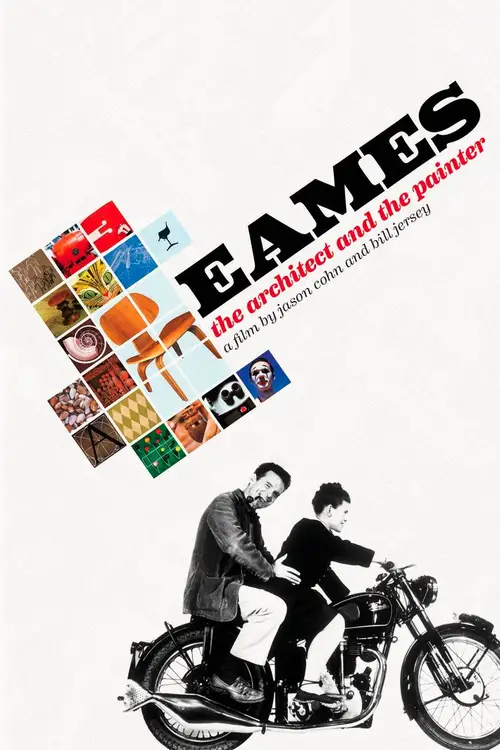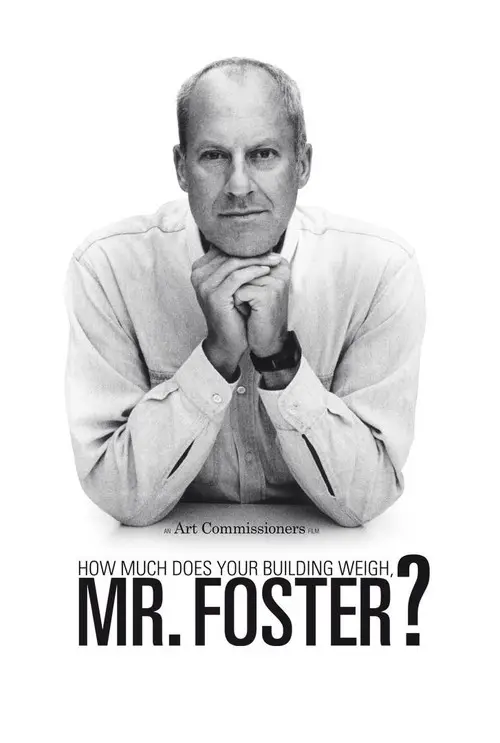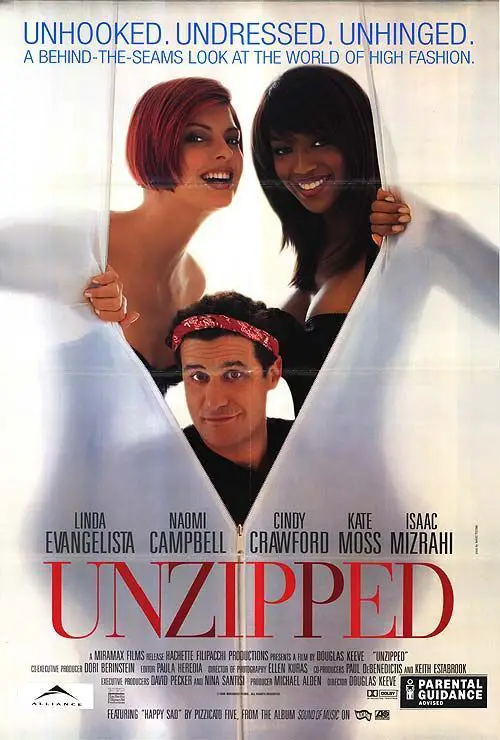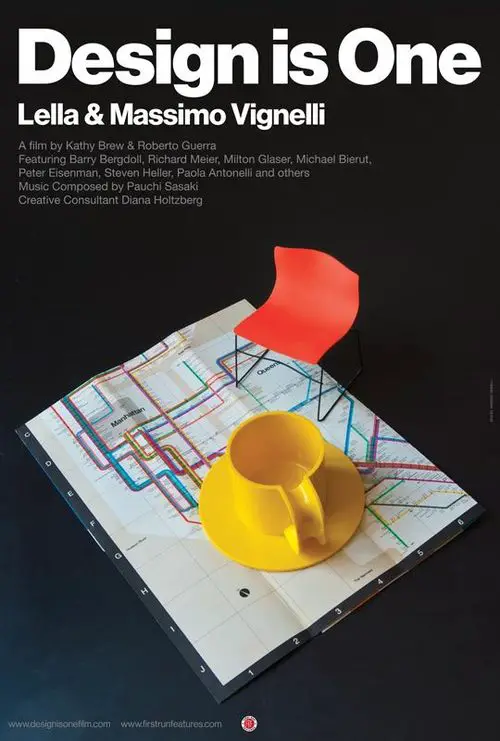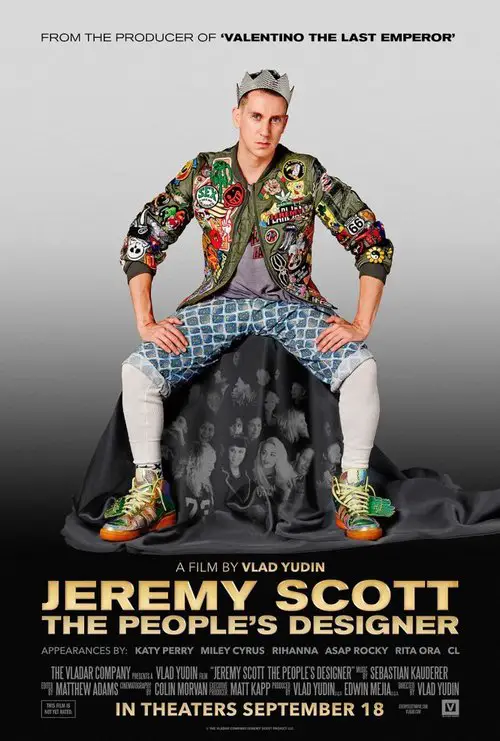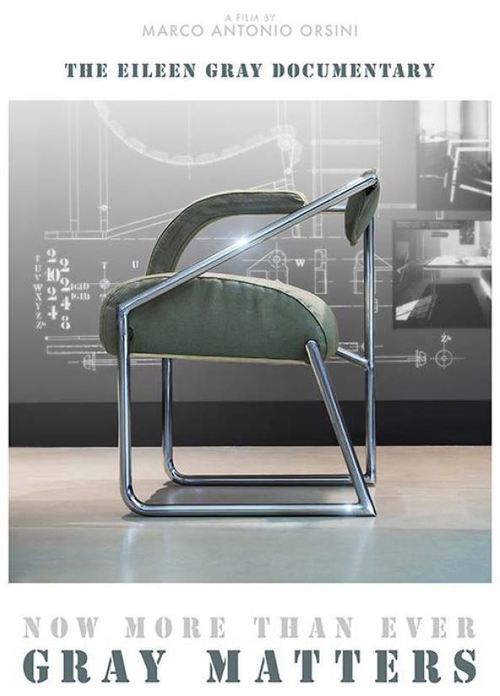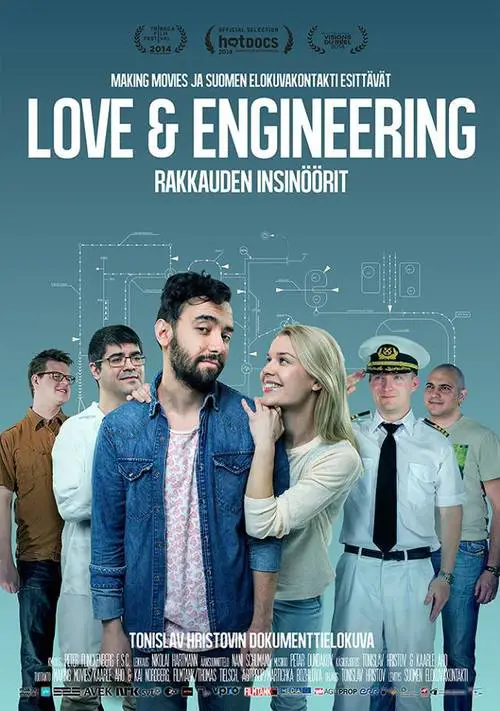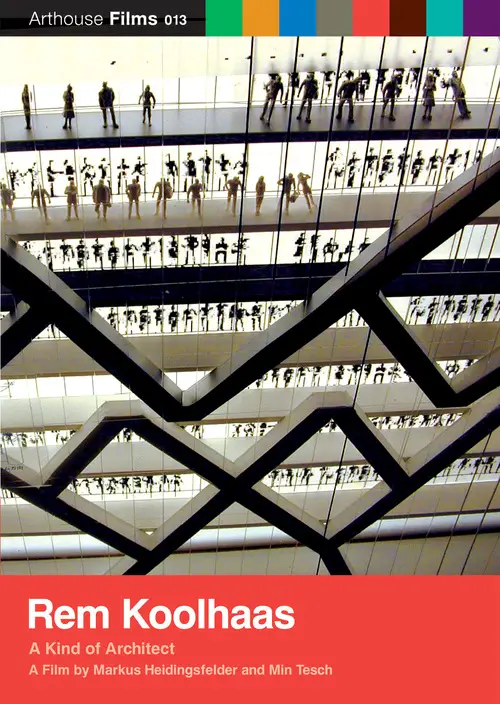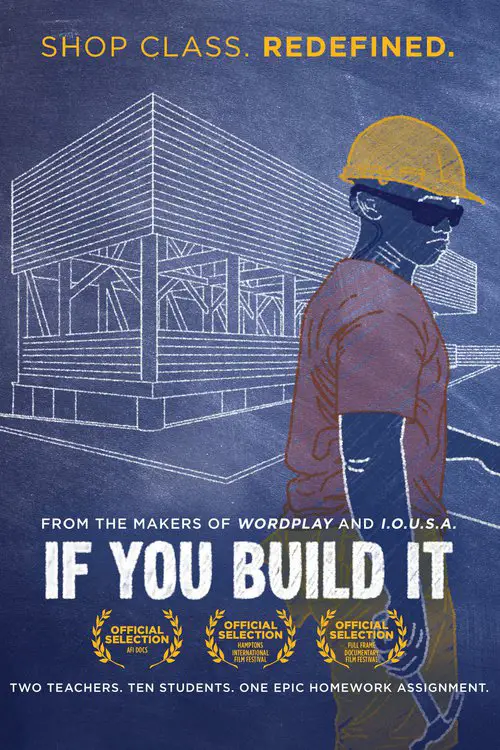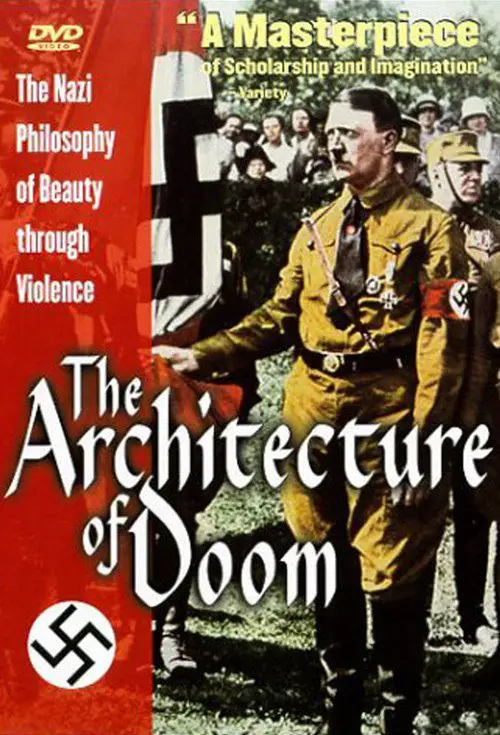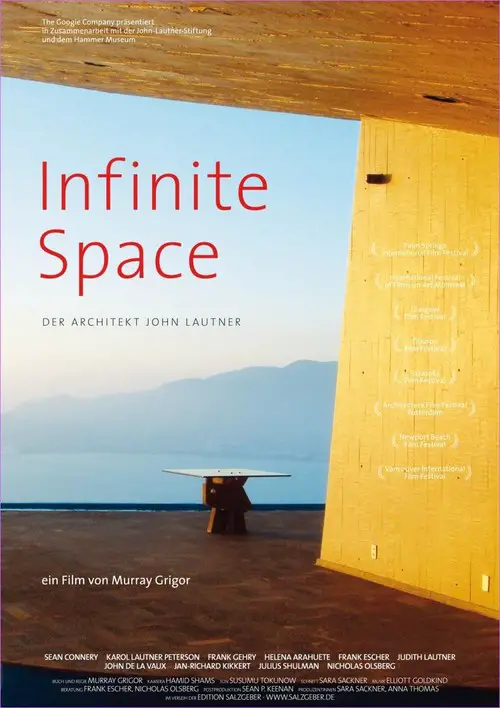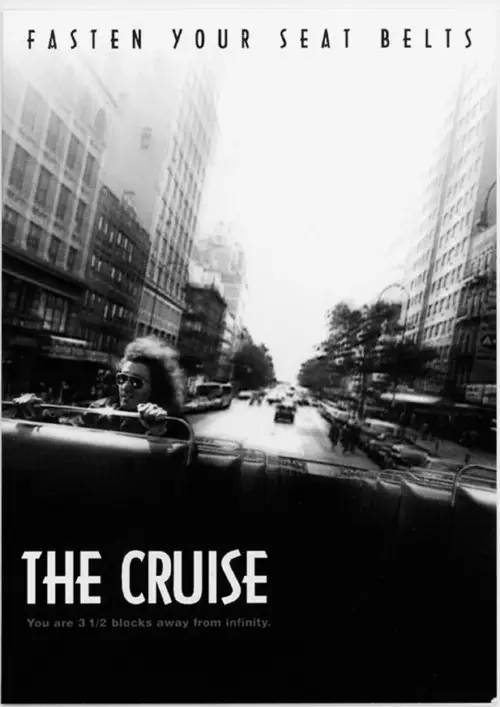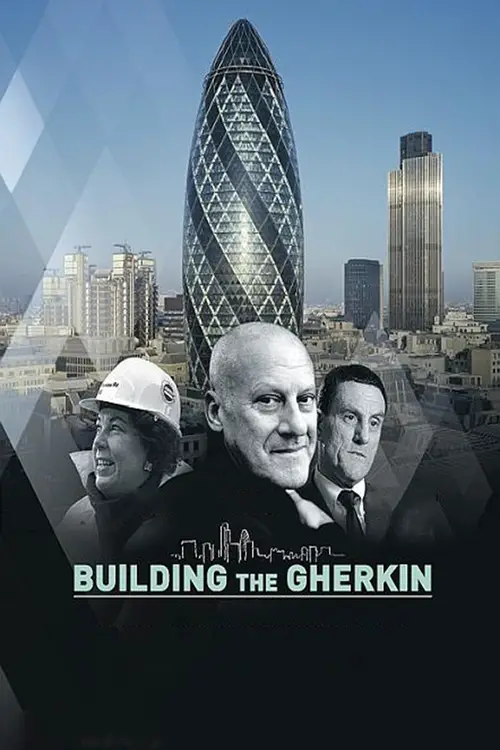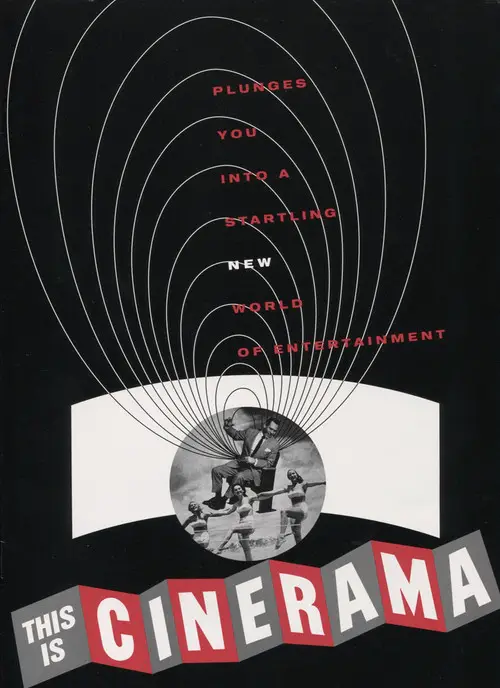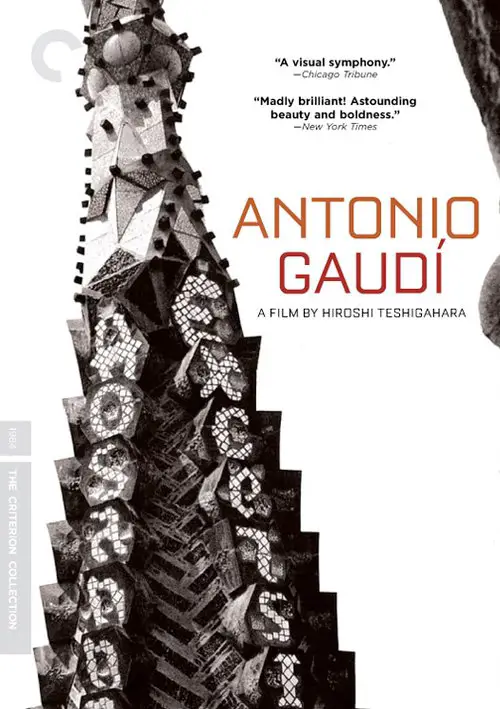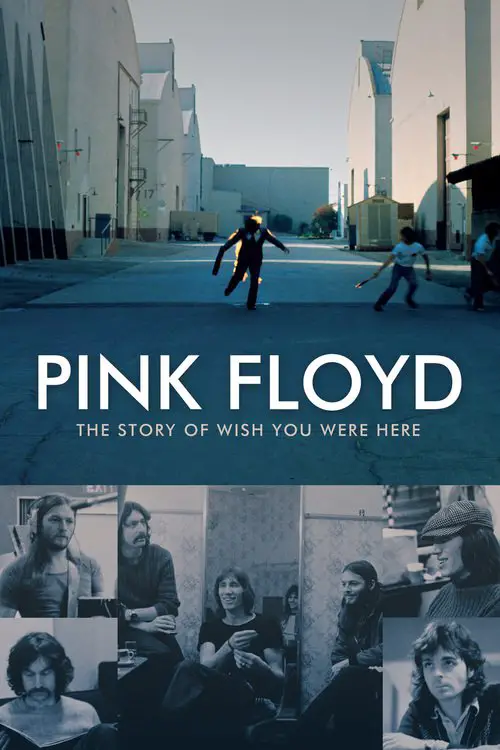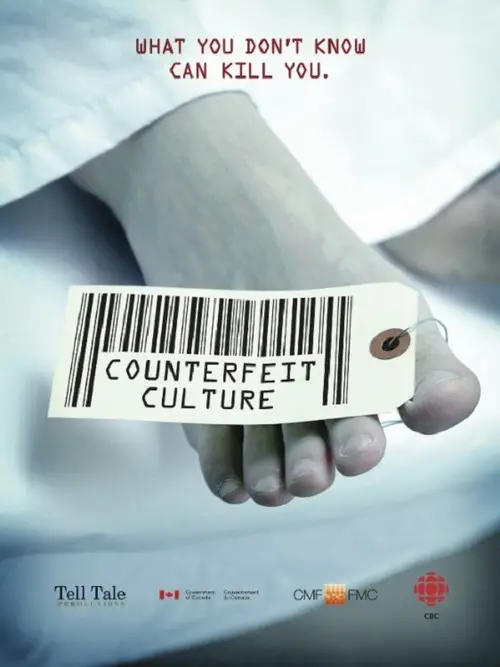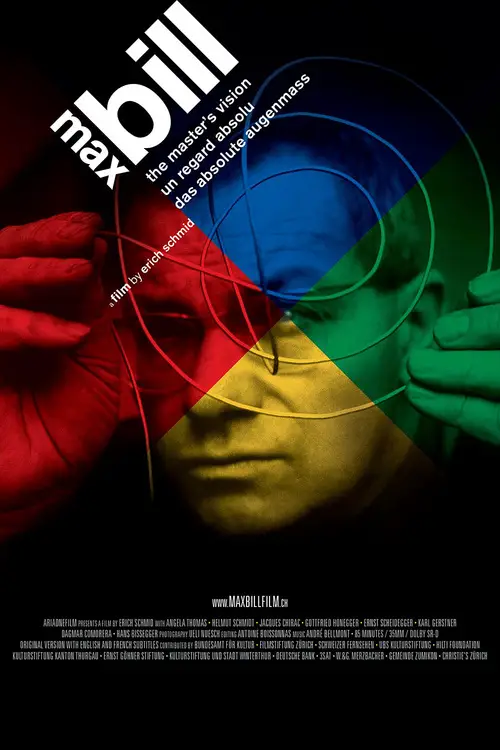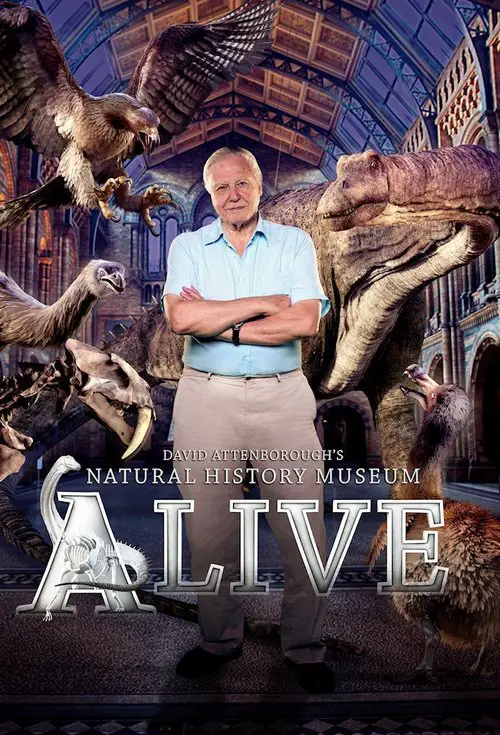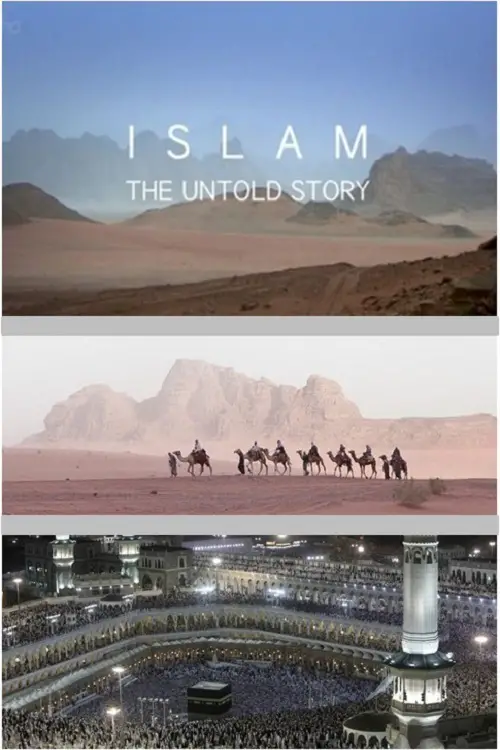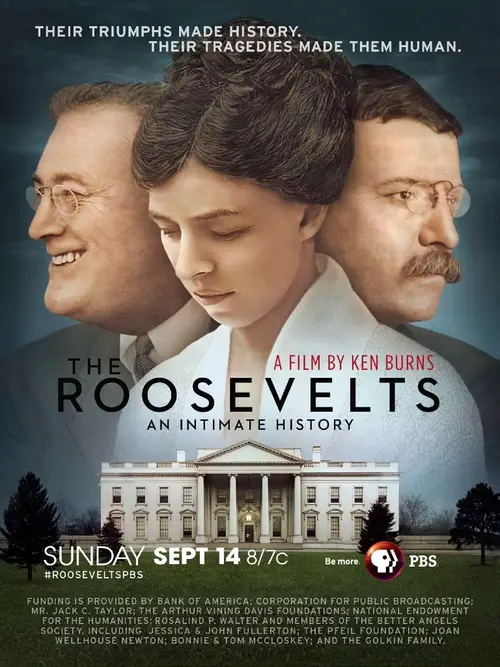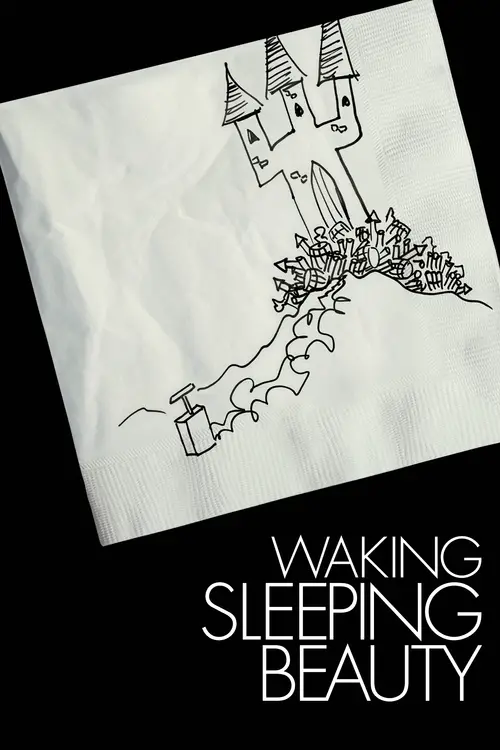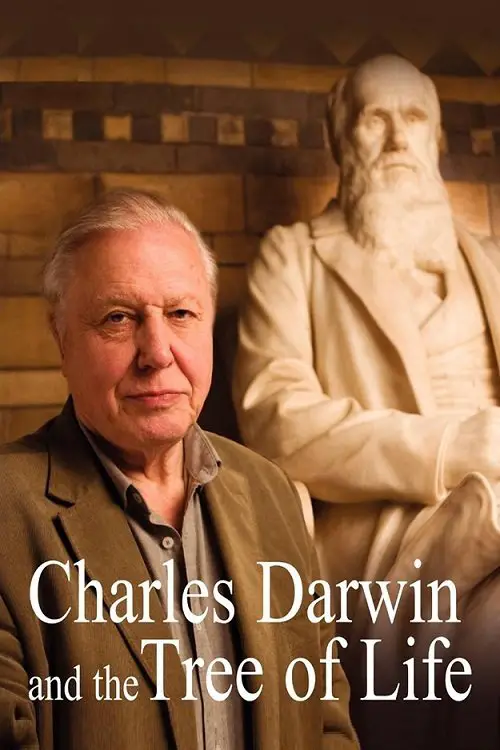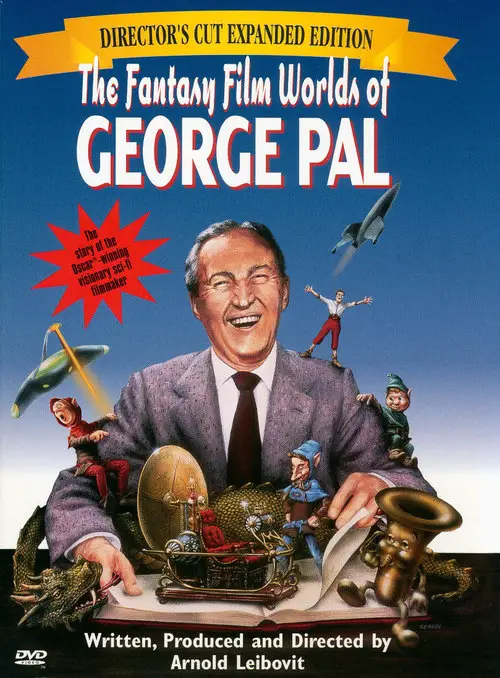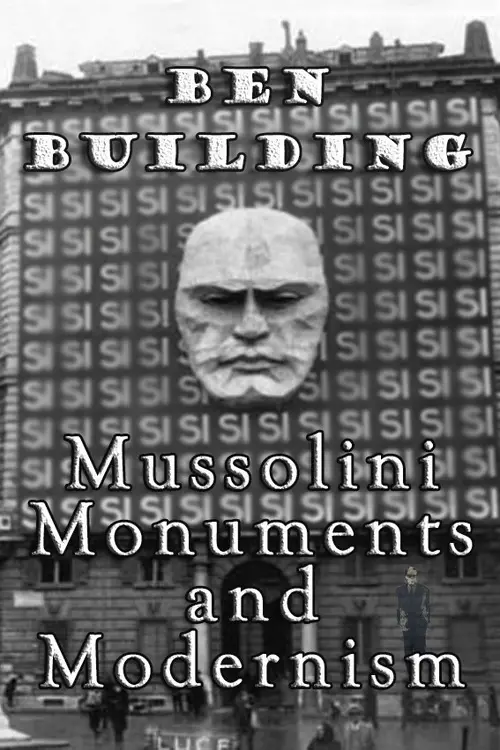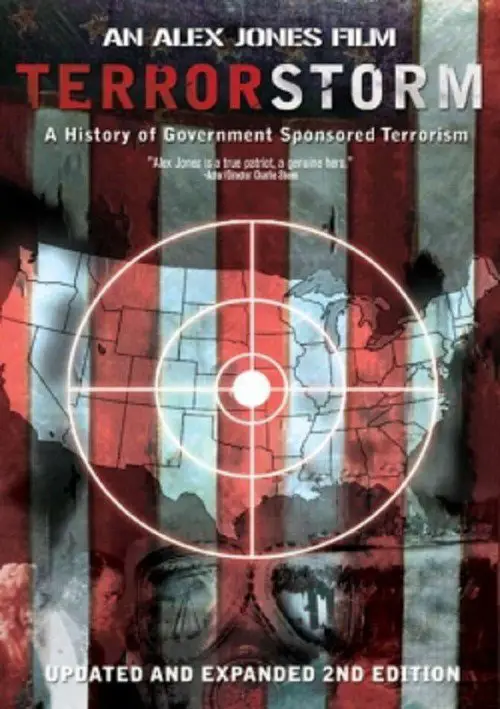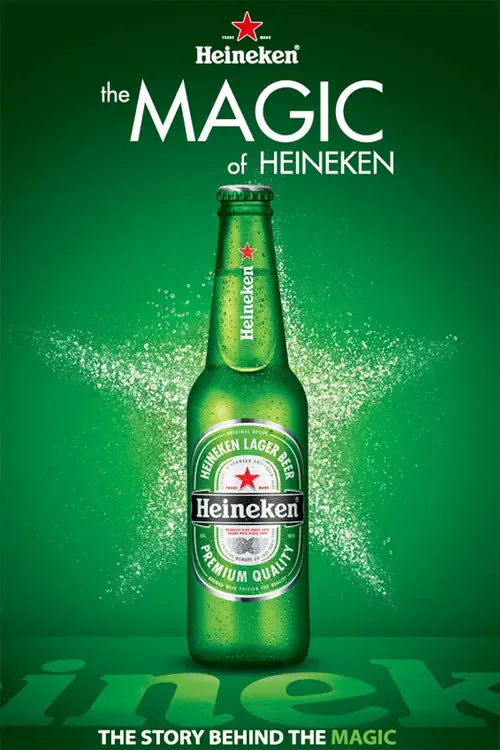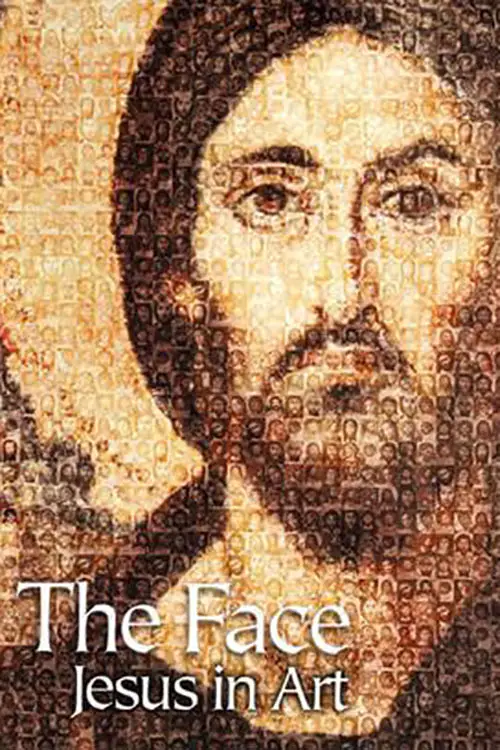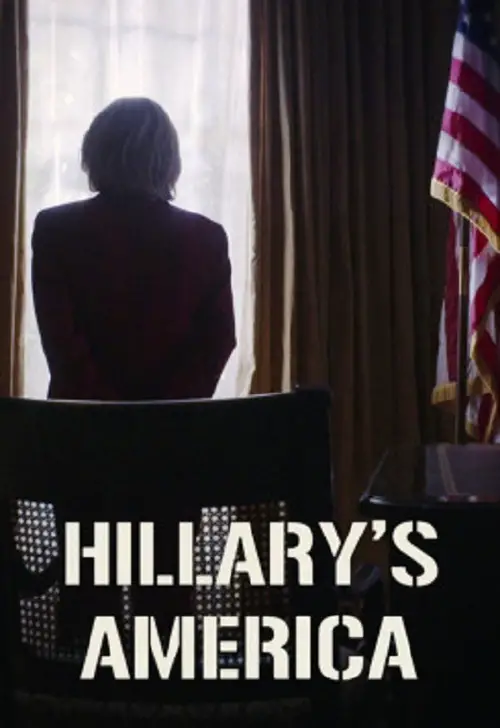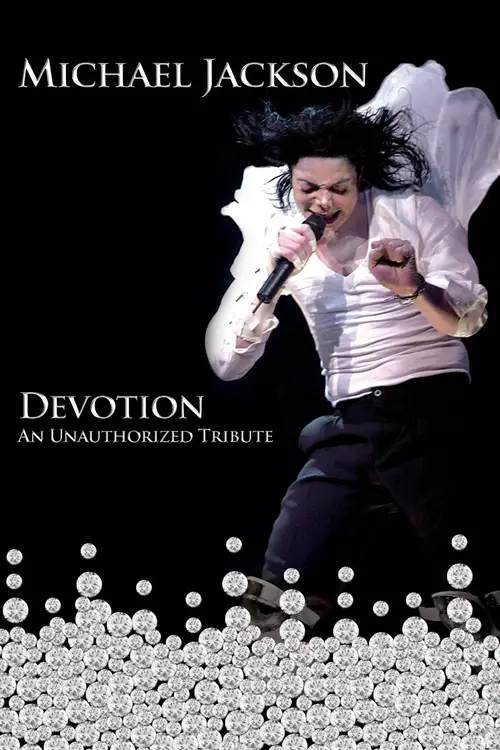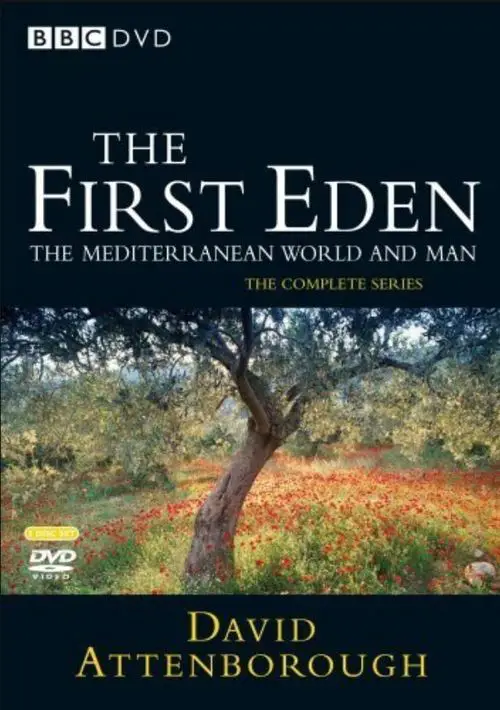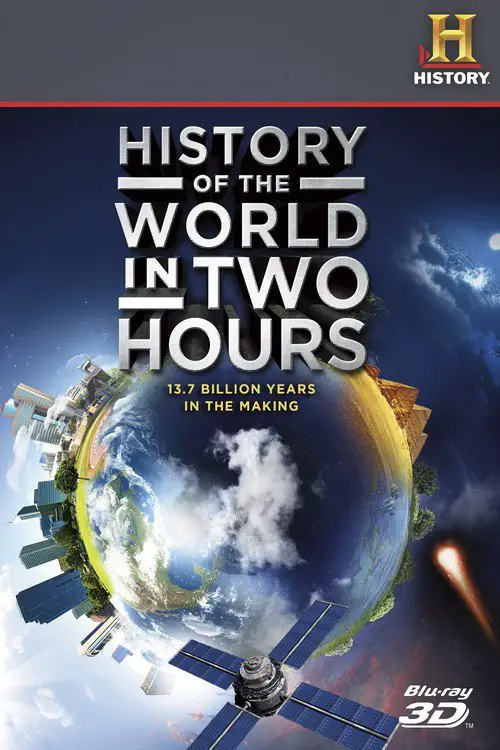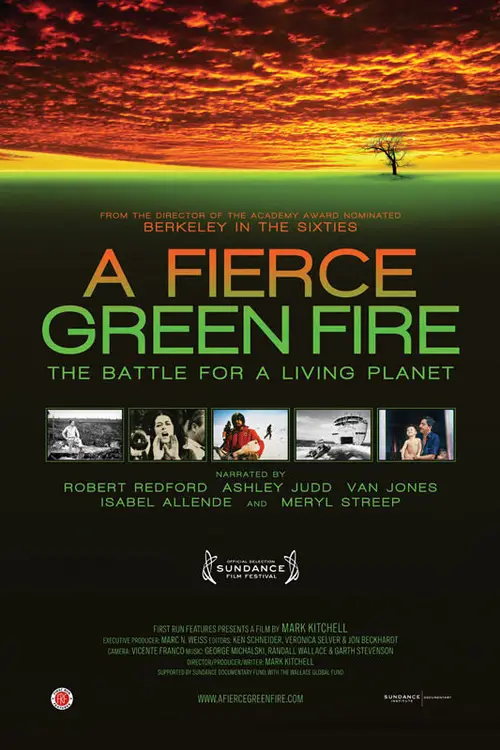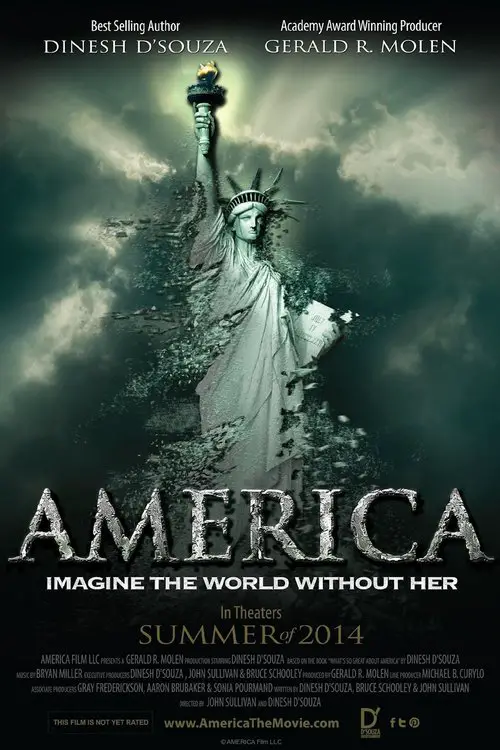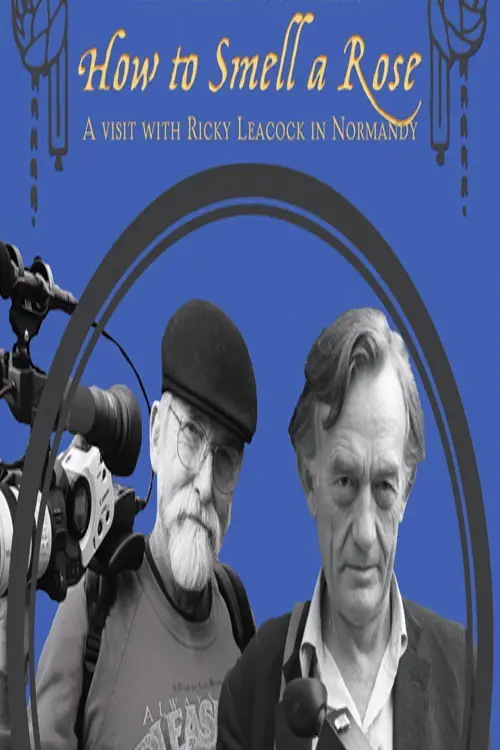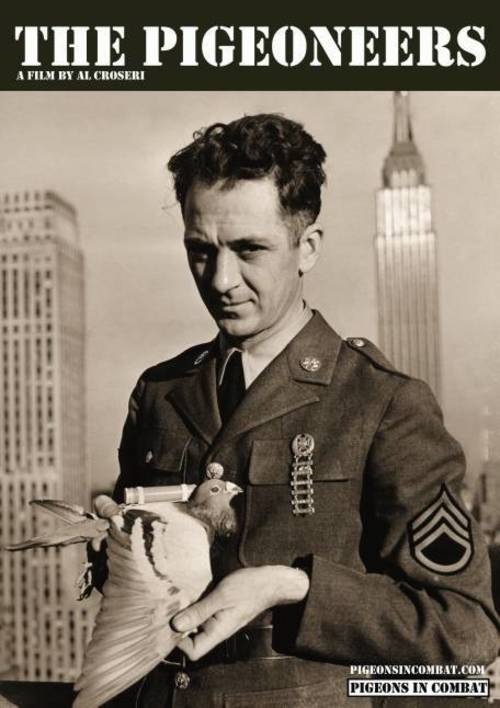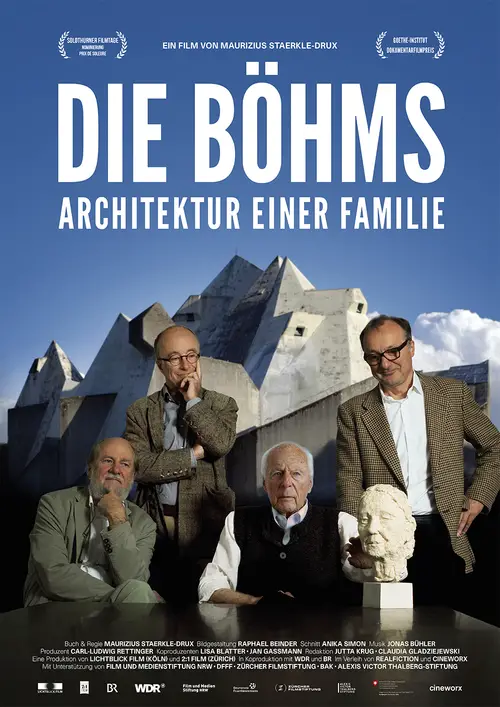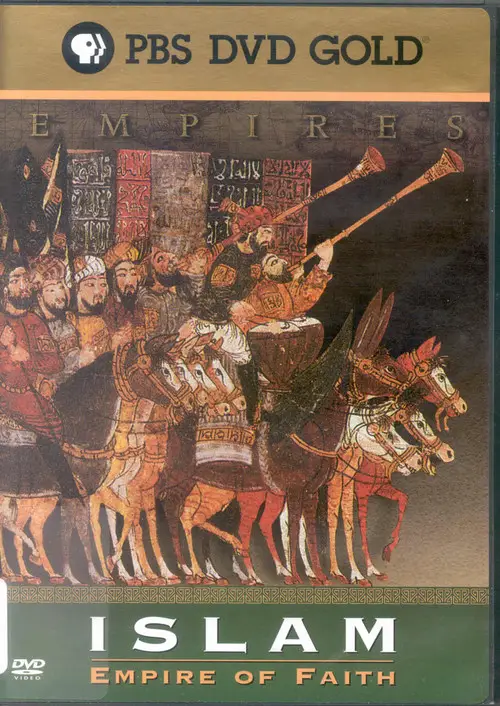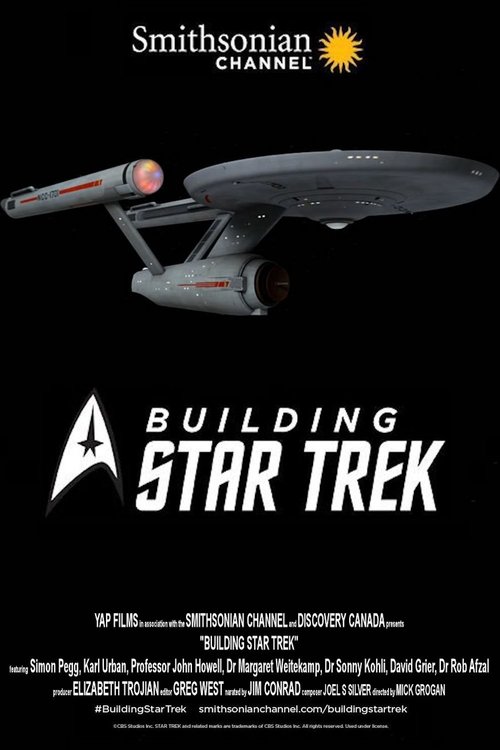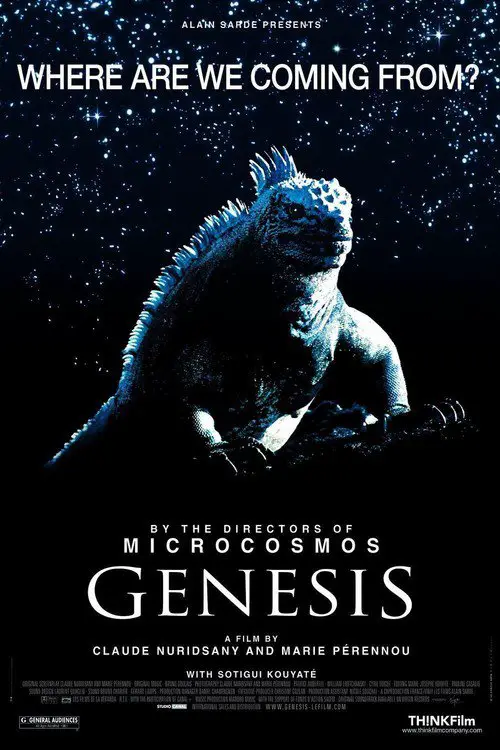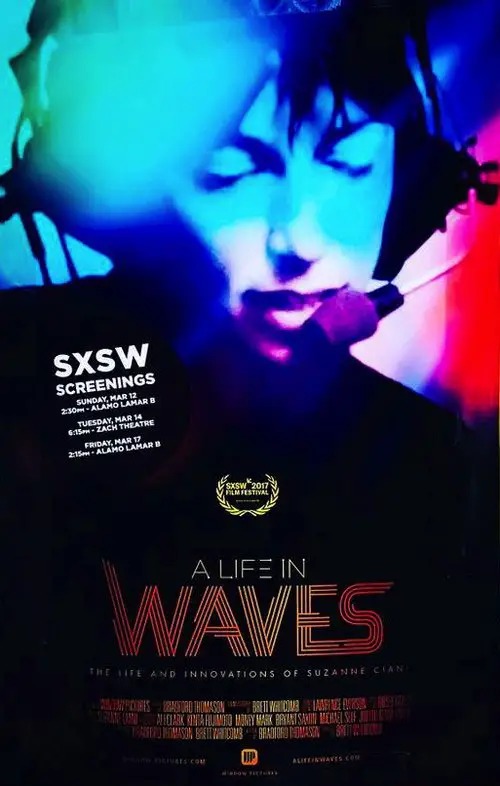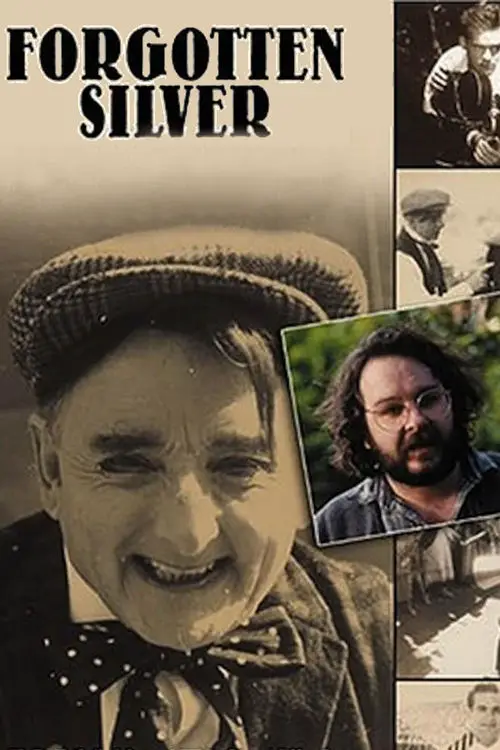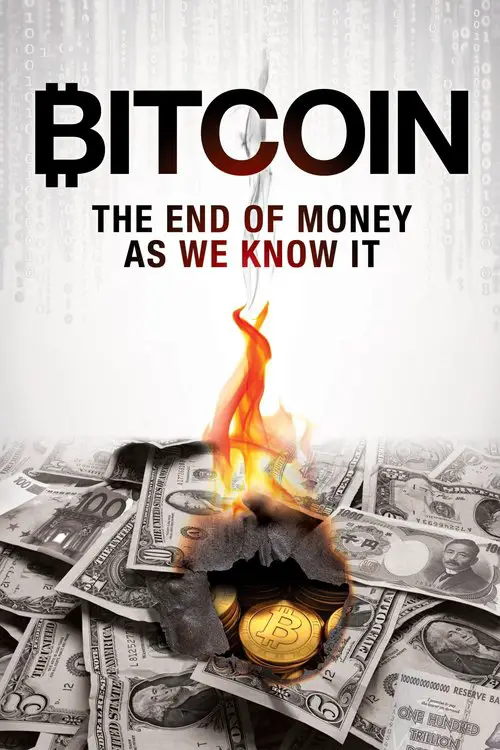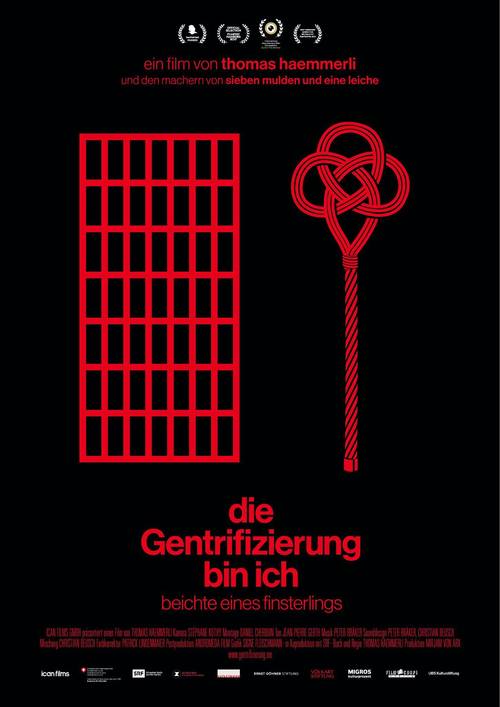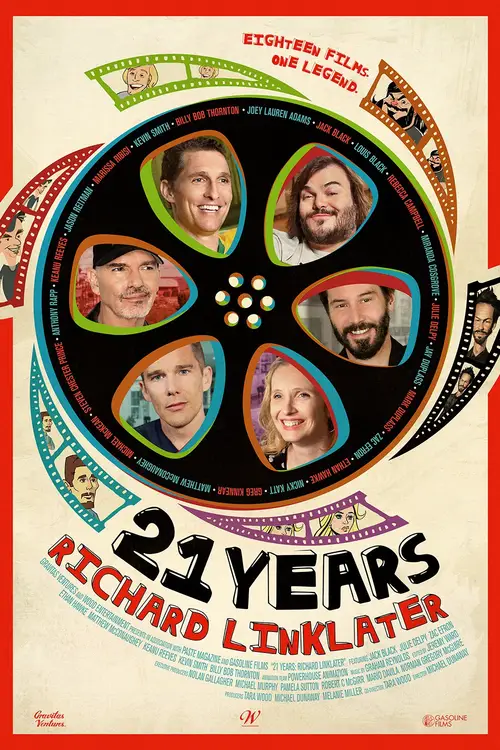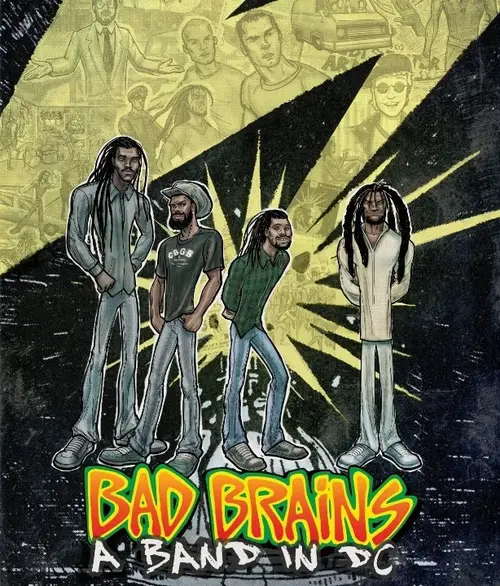The World of Buckminster Fuller (1974)
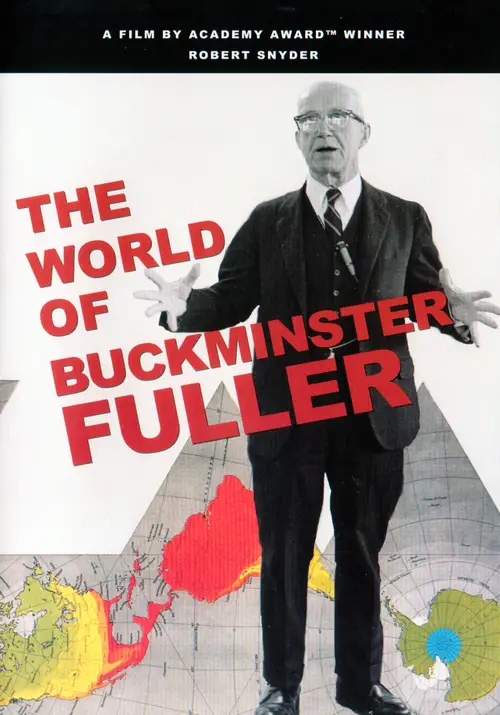
Similar movies
The husband-and-wife team of Charles and Ray Eames were America's most influential and important industrial designers. Admired for their creations and fascinating as individuals, they have risen to iconic status in American culture. 'Eames: The Architect & The Painter' draws from a treasure trove of archival material, as well as new interviews with friends, colleague, and experts to capture the personal story of Charles and Ray while placing them firmly in the context of their fascinating times.
Using a variety of cinematographic techniques, the world of high- profile fashion designer Issac Mizrahi is portrayed as being driven by excitement and creativity, despite the concomitant chaos and cacophony. Mizrahi's frenzied genius and rollercoaster emotions paint a humorous and personal portrait of a brilliant designer. Famous "SuperModels", actors, and actresses populate Issac's rarified world, but Douglas Keeve's cameras capture the stress and turbulence beneath the placid coolness of glamour. Written by Tad Dibbern
Hosted by Ben Stein, this controversial documentary examines how pro-intelligent design scholars and scientists are often chastised, fired or denied tenured positions by those who believe in Darwin's theory of evolution. Nathan Frankowski's film explores how scientists who believe in God are oppressed and how the acceptance of Darwinism might have played a role in the formation of the Nazi regime.
Helvetica is a feature-length independent film about typography, graphic design and global visual culture. It looks at the proliferation of one typeface (which will celebrate its 50th birthday in 2007) as part of a larger conversation about the way type affects our lives. The film is an exploration of urban spaces in major cities and the type that inhabits them, and a fluid discussion with renowned designers about their work, the creative process, and the choices and aesthetics behind their use of type.
Gray Matters explores the long, fascinating life and complicated career of architect and designer Eileen Gray, whose uncompromising vision defined and defied the practice of modernism in decoration, design and architecture. Making a reputation with her traditional lacquer work in the first decade of the 20th century, she became a critically acclaimed and sought after designer and decorator in the next before reinventing herself as an architect, a field in which she laboured largely in obscurity. Apart from the accolades that greeted her first building âpersistently and perversely credited to her mentorâher pioneering work was done quietly, privately and to her own specifications. But she lived long enough (98) to be re-discovered and acclaimed. Today, with her work commanding extraordinary prices and attention, her legacy, like its creator, remains elusive, contested and compelling.
Love & Engineering is for everyone who has experienced uncertainty, had a crush on someone or been on a date. The film asks what are our so-called âfeelingsâ and can we can control them or not. Challenges of the dating world are approached through the perspective of male engineers: how to encounter people in the real world? The film reveals that falling in love happens in three phases and that charming your date could be just a matter of adept hacking skills!
Rarely has an architect caused as much sensation outside of the architecture community as Rem Koolhaas. His outstanding creations such as the Dutch Embassy in Berlin, the Seattle Library, the Casa da Musica concert hall in Porto, and the Guggenheim Heritage Museum in Las Vegas are working examples of the Dutchman's visionary theories about architecture and urban society. "Rem Koolhaas: A Kind of Architect" is an engaging portrait of a visionary man, which takes us to the heart of his ideas. The filmmakers have made a visually inventive thought provoking portrait of the architect, prompting Rem Koolhaas to state "it's the only film about me that I have liked."
Released to coincide with the 30th anniversary of this classic album, learn how Pink Floyd assembled "Dark Side of the Moon" with the aid of original engineer Alan Parsons. All four band members--Roger Waters, David Gilmour, Nick Mason, and Richard Wright--are interviewed at length, giving valuable insights into the recording process. The themes of the album are discussed at length, and the band take you back to the original multi track tapes to illustrate how they pieced together the songs. With individual performances of certain tracks from Roger, David, and Richard included, this is an essential purchase for any Pink Floyd fans, and a fascinating artefact for rock historians everywhere.
A year in the life of one of America's most innovative classrooms where students design & build to transform their hometown community. The film follows Emily Pilloton and Matt Miller as they teach the fundamentals of design, architecture and construction to a class of high school juniors in rural North Carolina.
Featuring never-before-seen film footage of Adolf Hitler and the Nazi regime, The Architecture of Doom captures the inner workings of the Third Reich and illuminates the Nazi aesthetic in art, architecture and popular culture. From Nazi party rallies to the final days inside Hitler's bunker, this sensational film shows how Adolf Hitler rose from being a failed artist to creating a world of ponderous kitsch and horrifying terror. Hitler worshipped ancient Rome and Greece, and dreamed of a new Golden Age of classical art and monumental architecture, populated by beautiful, patriotic Aryans. Degenerated artists and inferior races had no place in his lurid fantasy. As this riveting film shows, the Nazis went from banning the art of modernists like Picasso to forced euthanasia of the retarded and sick, and finally to the persecution of homosexuals and the extermination of the Jews.
Visual Acoustics celebrates the life and career of Julius Shulman, the world's greatest architectural photographer, whose images brought modern architecture to the American mainstream. Shulman, who passed away this year, captured the work of nearly every modern and progressive architect since the 1930s including Frank Lloyd Wright, Richard Neutra, John Lautner and Frank Gehry. His images epitomized the singular beauty of Southern California's modernist movement and brought its iconic structures to the attention of the general public. This unique film is both a testament to the evolution of modern architecture and a joyful portrait of the magnetic, whip-smart gentleman who chronicled it with his unforgettable images.
Affectionate portrait of Tim "Speed" Levitch, a tour guide for Manhattan's Gray Line double-decker buses. He talks fast, is in love with the city, and dispenses historical facts, architectural analysis, and philosophical musings in equal measures. He's reflective and funny about cruising: he loves it, got in it to meet women, and he'd quit work if he could. His personal life is disclosed in small
Can a single building impact the career of an architect, the image of a global company and even the skyline of a big city? Just a month and a day after the disastrous attack on the World Trade Center in New York, the first steel beam of a new tower is erected in London. One question is on everybodyâs mind: is it the right decision to build a new iconic tower in the midst of Londonâs financial district, on a site that has already been bombed before? The 40-storey steel and glass tower sparks further controversy. Norman Foster, one of Britainâs most visionary architects, calls his design for the new Swiss Re London headquarters âradial â socially, technically, architecturally and spatiallyâ. In fact, its size and shape are so radical that it is almost immediately nicknamed âthe erotic gherkinâ. Will the Gherkin become the landmark they all dream of?
First and foremost, Frank Gehry is an artist. Described as a young child as having golden hands, Frank begins his creation through sketch. Forming thought into substantive sculpture, the marriage of art and architechure is brought to life. Join director Sydney Pollack on a journey into the world and work of the most important architect of our Age.
This is Cinerama is a 1952 full-length film designed to introduce the then-new widescreen process Cinerama, which broadens the aspect ratio so the viewer's peripheral vision is involved. This is Cinerama premiered on 30 September 1952 at the New York Broadway theatre, in New York City. The film includes scenes of the roller coaster from Rockaways' Playland, then moves on to a scene of the temple dance from Aida, views of Niagara Falls, a Viennese choir, scenes of the canals of Venice, a military tattoo in Edinburgh, a bullfight, more from Aida, a sound demonstration in stereo, scenes from the amusement park in Cypress Gardens, Florida for a water skiing sequence, and the playing of America the Beautiful as scenes are shown from the nose of a low flying B-25.
Catalan architect Antonio Gaudà (1852 - 1926) designed some of the world s most astonishing buildings, interiors, and parks; Japanese director Hiroshi Teshigahara constructed some of the most aesthetically audacious films of the second half of the twentieth century. Here, their artistry melds in a unique, enthralling cinematic experience. Less a documentary than a visual poem, Teshigahara's Antonio Gaudà takes viewers on a tour of Gaudàs truly spectacular architecture, including his massive still-unfinished masterpiece, the Sagrada Familia cathedral, in Barcelona. With camerawork as bold and sensual as the curves on his subject s organic surfaces, Teshigahara immortalizes Gaudà on film.
Wish You Were Here, released in September 1975, was the follow up album to the globally successful The Dark Side Of The Moon and is cited by many fans, as well as band members Richard Wright and David Gilmour, as their favorite Pink Floyd album. On release it went straight to Number One in both the UK and the US and topped the charts in many other countries around the world. This program tells the story of the making of this landmark release through new interviews with Roger Waters, David Gilmour and Nick Mason and archive interviews with the late Richard Wright. Also featured are sleeve designer Storm Thorgerson, guest vocalist Roy Harper, front cover burning man Ronnie Rondell and others involved in the creation of the album. In addition, original recording engineer Brian Humphries revisits the master tapes at Abbey Road Studios to illustrate aspects of the songs construction.
Valentino: The Last Emperor is an intimate and engaging fly-on-the- wall exploration of the singular world of one of Italy's most famous men. It is a portrait of an extraordinary partnership, the longest running in fashion, and a dramatic story about a master confronting the final act of his celebrated career.
Documentary - COUNTERFEIT CULTURE is a one-hour documentary that explores the dangerous and sometimes deadly world of fake products. An industry that once dealt in imitation designer handbags and shoes has exploded into a global epidemic of counterfeit pharmaceuticals, foods, toys, electronic goods, car parts and microchips. COUNTERFEIT CULTURE challenges consumers to take a deeper look at what appears to be harmless knock-offs at bargain prices. - Ann-Marie MacDonald, Tim Phillips, Todd Gilmore
Stand-up comedian Robert Newman gets to grips with the wars and politics of the last hundred years, from WWI through to the 2003 invasion of Iraq; but rather than adhering to the history we were fed at school, this show places oil centre stage as the cause of all commotion. This innovative history programme is based around Robert Newman's stand-up act and supported by resourceful archive sequences and stills with satirical impersonations of historical figures from Mayan priests to Archduke Ferdinand.
The film about Max Bill (1908-1994) moves between the dynamic fields of art, aesthetics and politics. Max Bill was probably the most important swiss artist of the 20th century and the most famous student to come out of the legendary Bauhaus in Dessau. He was an ardent anti-fascist and all his avant-garde work as an artist, sculptor, architect and typographer showed a social responsibility and environmental awareness right through his life. His views have become incredibly topical.
Life on the edge in Silicon Valley - home of high tech, high anxiety, and high stakes. Take a revealing look at Netscape Communications engineers as they set out boldly and brazenly to save their company. A virtual panorama of human drama and techno-thrills, Code Rush puts you at the center of the high-intensity clash of science, engineering, and commerce.
Four volume documentary set ("Adolf Hitler", "The SS Blood and Soil", "The Enigma of the Swastika", and "Himmler The Mystic") containing mainly B&W as well as some color archival footage, with narration explaining the influences of alternative belief systems (occult, paganism, mysticism, etc) on the Nazi ideology and Hitler's personal philosophy. Also documents the history and development of the ideas and symbols that would be used along with eugenicist racial politics to perpetrate the murder and oppression of millions during World War II.
Regular opening times do not apply as we accompany Sir David Attenborough on an after-hours journey around Londonâs Natural History Museum, one of his favourite haunts. The museum's various exhibits coming to life, including dinosaurs, reptiles and creatures from the ice age. Shot by the same 3D team that worked on Gravity, examines how the animals and creatures at the London museum once roamed the earth.
By the mid-1980s, the fabled animation studios of Walt Disney had fallen on hard times. The artists were polarized between newcomers hungry to innovate and old timers not yet ready to relinquish control. These conditions produced a series of box-office flops and pessimistic forecasts: maybe the best days of animation were over. Maybe the public didn't care. Only a miracle or a magic spell could produce a happy ending. Waking Sleeping Beauty is no fairy tale. It's the true story of how Disney regained its magic with a staggering output of hits - "Little Mermaid," "Beauty and the Beast ," "Aladdin," "The Lion King," and more - over a 10-year period.
Darwin's great insight â that life has evolved over millions of years by natural selection â has been the cornerstone of all David Attenboroughâs natural history series. In this documentary, he takes us on a deeply personal journey which reflects his own life and the way he came to understand Darwinâs theory.
Among the legends of Hollywood, George Pal takes his place as a true visionary, an innovator and a showman who profoundly shaped the art of motion pictures. A peer of Walt Disney, Pal pioneered stop motion animation and went on to virtually invent the modern science fiction and fantasy film genres. Pal's extraordinary genius molded a dazzling array of films, which earned an incredible total of eight Academy Awards and left a cinematic legacy that served as formative inspiration for the movies of George Lucas, Steven Spielberg and Gene Roddenberry.
Having previously investigated the architecture of Hitler and Stalin's regimes, Jonathan Meades turns his attention to another notorious 20th-century European dictator, Mussolini. His travels take him to Rome, Milan, Genoa, the new town of Sabaudia and the vast military memorials of Redipuglia and Monte Grappa. When it comes to the buildings of the fascist era, Meades discovers a dictator who couldn't dictate, with Mussolini caught between the contending forces of modernism and a revivalism that harked back to ancient Rome. The result was a variety of styles that still influence architecture today. Along the way, Meades ponders on the nature of fascism, the influence of the Futurists, and Mussolini's love of a fancy uniform.
Take a captivating ride through nearly 150 years of entertaining history telling the story of the world's largest family controlled brewer. Meet Gerard Adriaan Heineken, who founded the first Heineken Brewery in 1864 and follow this extraordinary tale of pioneering adventure, relentless obsession for quality, persistent innovation, environmental sustainability, and celebrated sports and music events.
This documentary traces the dramatically different ways in which Jesus has been represented in art throughout history and around the world. Narrated by Mel Gibson, Ricardo Montalban, Bill Moyers, Edward Herrmann, Patricia Neal and others, the program utilizes the latest digital technology and motion control photography to reconstruct and relocate works into their original locations. Amazing digital morphing sequences dramatically illustrate how the image of Jesus has changed over time while unique special effects virtually reconstruct art that has been destroyed or lost forever. A sweeping and visually riveting lesson in art history, The Face: Jesus In Art is a documentary of stunning beauty and unprecedented innovation.
This unauthorized chronicle of Michael Jackson's career recounts the King of Pop's rise from child-star sensation to one of the best-selling recording artists of all time, a one-gloved wonder who earned his icon status through talent and innovation. But with fame and fortune came scrutiny and controversy, along with wild theories about Jackson's changing physical appearance and accusations of improper behavior at his home, Neverland Ranch.
A storm of Modernism swept through the art worlds of the West in the early decades of the twentieth century, uprooting centuries of tradition. The epicenter of this storm was Paris, France. For an incandescent moment from 1905 to 1930, Paris was the magnetic center for radical innovation and experiment, and the Mecca for creative talents who would change the course of art throughout the Western world.
Did you know that 1% of the white noise you see on old televisions is background radiation from The Big Bang? That the gold on a wedding ring comes from a star that exploded 5 billion years ago? And, that we're connected to the salt water of the first oceans through the water in our bodies? Our human story is actually 14 billion years old and the clues are all around us. This CGI-driven special will tell the history of our world in two hours, an ambitious story that will give surprising connections to our daily lives. From the formation of the earth and the emergence of life, to the advance of man and the growth of civilization, itâs a rapid-fire view of our unforgettable story.
It is the largest movement the world has ever seen, it may also be the most important - in terms of what's at stake. Yet it's not east being green. Environmentalists have been reviled as much as revered, for being killjoys and Cassandras. Every battle begins as a lost cause and even the victories have to be fought for again and again. Still, environmentalism is one of the great social innovations of the twentieth century, and one of the keys to the twenty-first. It has arisen at a key juncture in history, when humans have come to rival nature as a power determining the fate of the earth.
Political commentator, author and filmmaker Dinesh D'Souza puts forth the notion that America's history is being replaced by another version in which plunder and exploitation are the defining characteristics. D'Souza also posits that the way the country understands the past will determine the future. Using historic re-enactments, D'Souza explores the lives and sacrifices of some of America's greatest heroes, including George Washington and Frederick Douglass.
In the year 2000, Les Blank, along with co-filmmaker Gina Leibrecht, visited Richard Leacock (1921-2011) at his farm in Normandy, France and recorded conversations with him about his life, his work, and his other passion: cooking! With the flair of a seasoned raconteur, Leacock recounts key moments in his seventy years as a filmmaker and the innovations that he, D.A. Pennebaker, Albert Maysles and others invented that revolutionized documentary filmmaking, and explores the mystery of creativity. With the passing of both Blank and Leacock, the documentary is a moving insight into the lives of two seminal figures in the history of film.
CONCRETE LOVE is the first and only documentary about one of Germany's preeminent architects, Gottfried Boehm. Being the only German laureate of the prestigious Chicago based Pritzker Price for Architecture, he is also the patriarch of an architecture dynasty to which his sons Stephan, Peter und Paul belong. But with the death of his wife Elisabeth, a key source of inspiration for all four Boehms, the family loses its emotional lodestone. The film paints an intimate and pointed portrait of the complexity and inseparability of love, art and architecture.
Islam: Empire of Faith is a documentary series that details the history of Islam, from the birth of the Islamic Prophet, Muhammad to the Ottoman Empire. It is narrated by Ben Kingsley. The first episode deals with the life of Muhammad, the second with the early Caliphates, Crusades, and Mongol invasion, and the third with the Ottoman Empire and Safavid dynasty.
When "Star Trek" first aired in 1966, it expanded the viewers' imaginations about what was possible in their lifetimes. Today, many of the space-age technologies displayed on the show, like space shuttles, cell phones, and desktop computers, have already gone from science fiction to science fact. Other innovations, like warp drive, teleportation, and medical tricorders are actively in development. Join us as we celebrate the 50th Anniversary of "Star Trek" - a show that continues to inform, enrich, and inspire.
This dryly funny mockumentary about the lost work of a pioneering New Zealand film genius is probably one of the best examples of the faux-documentary genre. In fact, it was so successful that when it originally aired on New Zealand television, hundreds of viewers bought the premise hook, line, and sinker. If you didn't know any better yourself, it's entirely possible you might be duped into believing the extremely tall tale of one Colin MacKenzie, an ambitious filmmaker who made the world's first talking movie (years before The Jazz Singer), invented color film, and created a huge biblical epic that would put Cecil B. DeMille and D.W. Griffith to shame. Filmmaker Peter Jackson (Heavenly Creatures) shrewdly inserts himself into the film via his documentation of the "discovery" of McKenzie's lost epic, which for years was preserved in a garden shed.
A documentary film based on the life of scientist Steven Hawking. The film explores the intimate life of Steven Hawking through him, his friends and his family, as he goes through school, is diagnosed with a degenerative disease, and discovers revolutionary theories about time, black holes, and the origin of the universe. A visually interesting and at times funny film about a extraordinary life.
Is the city of Zurich suffering from âdensity stressâ? What is it like to live in mega cities such as São Paulo, Mexico City and Tiflis? Filmmaker Thomas Haemmerli broaches the topics of city development, architecture, density, housing market, xenophobia and gentrification from an autobiographical perspective. The path of his life has led him from a childhood in the villa district of Zürichberg, through his teenage years as squatter to flat shares, yuppie apartments and finally second homes in various cities. Only recently having become a dad, he plans to further enhance Zurichâs price appreciation by purchasing a huge, extended city apartment⦠This multifaceted essay not only humorously questions the filmmakerâs decisions, but also those of the right-wing conservatives, who are afraid of losing their space to immigrants, and the political left, who fail to embrace modern-age architecture.
It's been said that the first 21 years defines the career of an artist. Few directors have single-handedly shaken up the film establishment like the godfather of indie, Richard Linklater. From the groundbreaking SLACKER to his innovative BOYHOOD, Linklater has just reached the 21-year mark and has unapologetically carved his signature into American pop culture. This compelling documentary takes you on a behind the scenes tour into Linklater's style, skills, and motivation via his friends, actors, and other directors. Get a raw and honest perspective on Richard through candid conversations with Ethan Hawke, Jack Black, Keanu Reeves, Billy Bob Thornton, Matthew McConaughey, Jason Reitman, Julie Delpy and others, and see their stories brought to life through hilarious animated sequences.
Bad Brains are one of the most important and influential American bands still working today. They melded punk and reggae into an innovative style that has yet to be copied. Their impact and influence can be heard in groups like Beastie Boys, No Doubt, Nirvana, Jane's Addiction and countless more. Despite the troubles of an eccentric front man they have stayed together for 30 years without ever reaching the level of success so many think they deserve. Using rare archival footage and original comic illustrations the film re-constructs Bad Brains' rich and complicated history.
© Valossa 2015–2026
| Privacy Policy
